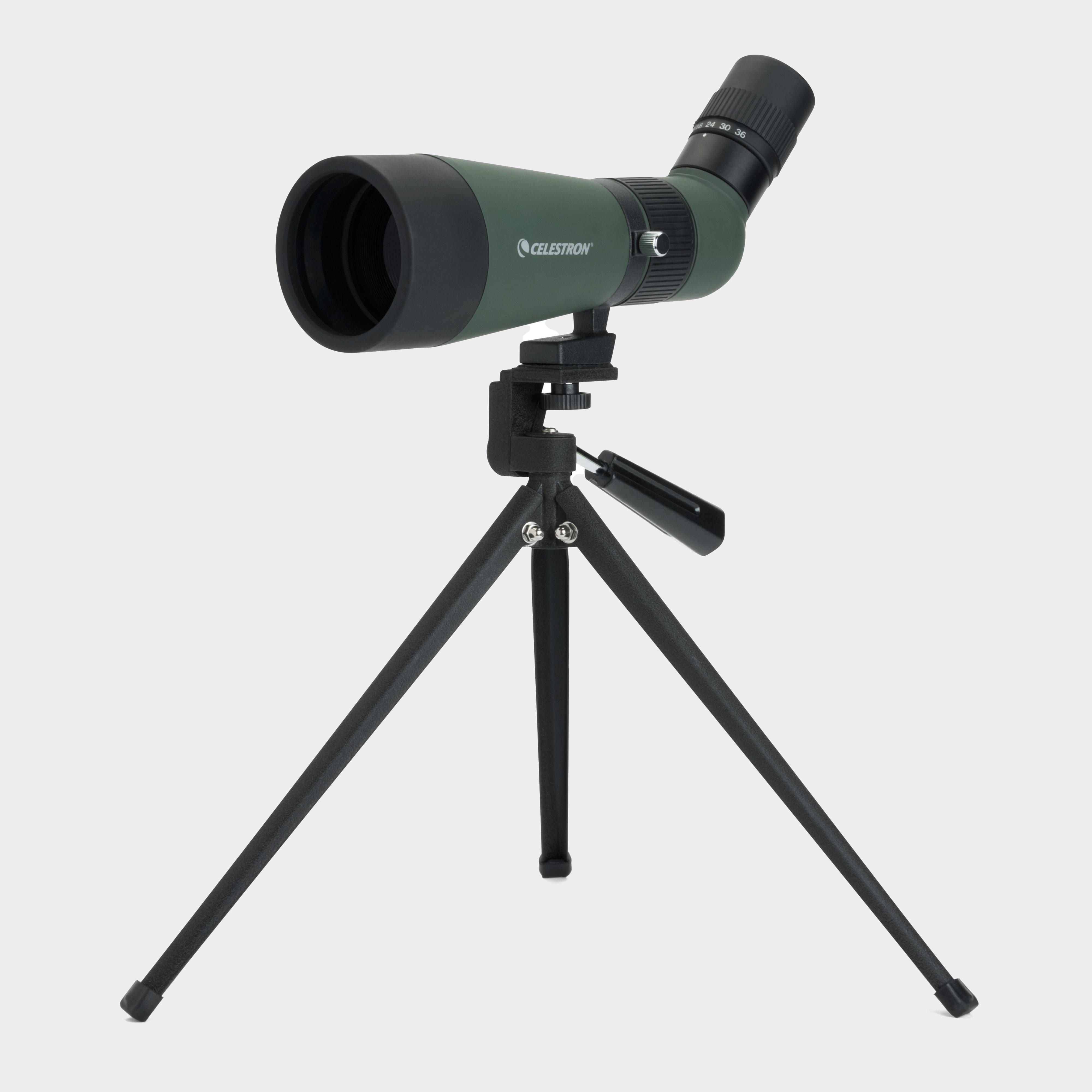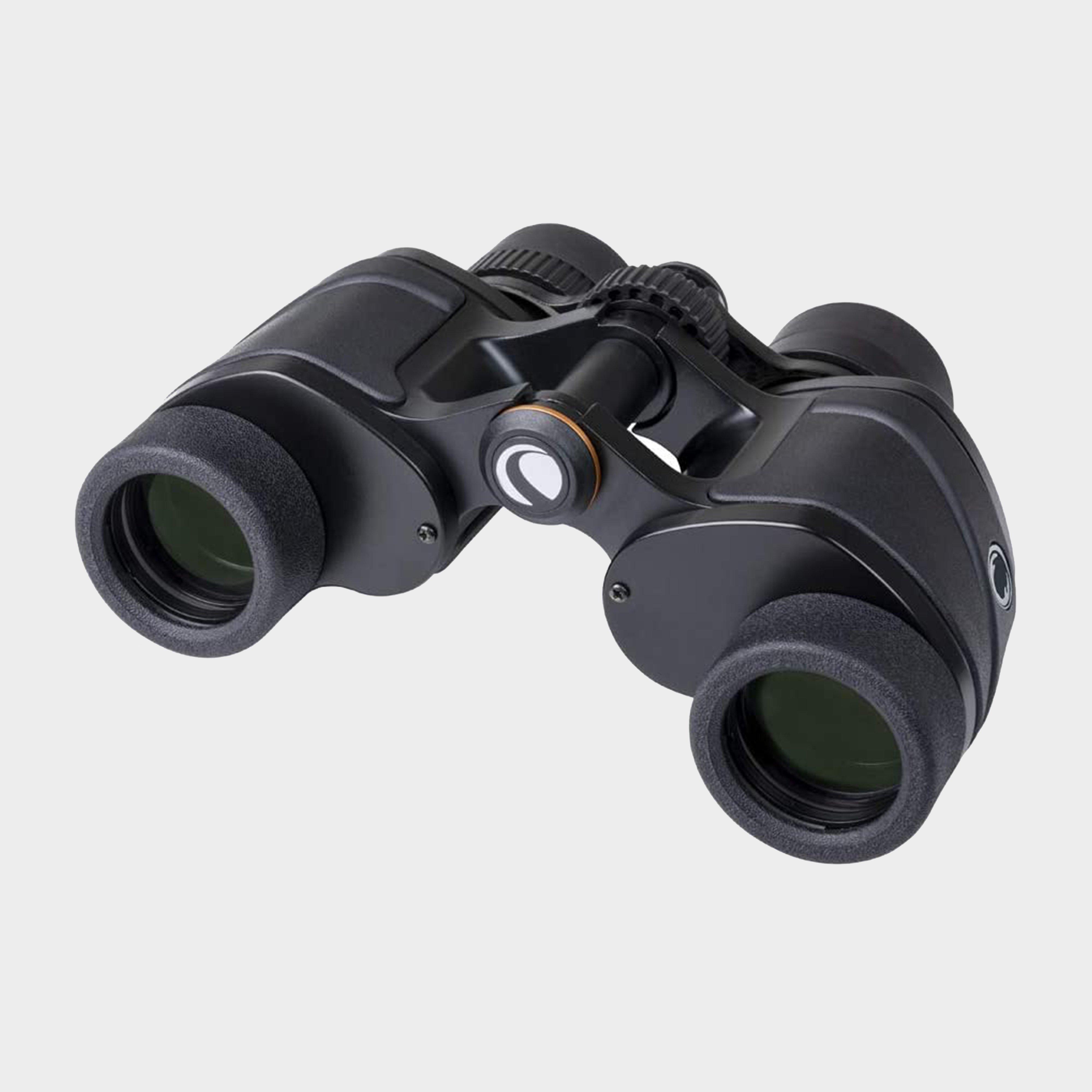Lenses
Digital Single-Lens Reflex (DSLR) cameras offer a wide range of lenses to suit various photography needs. Each type of lens has its own characteristics and is designed for specific purposes. Here are some common types of DSLR lenses:
- Standard Zoom Lens:
- Focal Length Range: Typically around 24-70mm or 18-55mm.
- Common Aperture: f/2.8 or f/3.5-5.6.
- Use: Standard zoom lenses are versatile and suitable for a wide range of photography, including portraits, landscapes, and general-purpose shooting.
- Telephoto Zoom Lens:
- Focal Length Range: Varies, but commonly 70-200mm or 100-400mm.
- Common Aperture: f/2.8 or f/4.
- Use: Telephoto zoom lenses are ideal for capturing subjects at a distance, such as wildlife, sports, and events. They also create a pleasing background blur (bokeh) when used at wider apertures.
- Prime Lens:
- Focal Length: Fixed, with common options like 50mm, 85mm, or 35mm.
- Common Aperture: Varies, but often f/1.4, f/1.8, or f/2.
- Use: Prime lenses offer a fixed focal length, promoting creativity and forcing photographers to work with a single perspective. They are excellent for low-light conditions and creating a shallow depth of field for portraits.
- Wide-Angle Lens:
- Focal Length: Typically below 35mm.
- Common Aperture: Varies, but often f/2.8 or f/4.
- Use: Wide-angle lenses are great for capturing expansive landscapes, architecture, and interior shots. They exaggerate perspectives and provide a greater depth of field.
- Macro Lens:
- Focal Length: Varies, but often around 50mm, 60mm, or 100mm.
- Common Aperture: f/2.8 or f/3.5.
- Use: Macro lenses are designed for close-up photography, capturing intricate details of small subjects like flowers, insects, or products. They provide 1:1 magnification, allowing for life-size reproduction of the subject.
- Fish-eye Lens:
- Focal Length: Typically 8-16mm.
- Common Aperture: Varies.
- Use: Fish-eye lenses produce extreme wide-angle views, often with significant distortion. They are favored for creative and experimental photography, such as capturing unique perspectives in architecture or landscapes.
- Tilt-Shift Lens:
- Focal Length: Varies.
- Common Aperture: Varies.
- Use: Tilt-shift lenses allow for selective focus and perspective control. They are popular in architectural photography to correct converging lines or create a miniature effect. They also have applications in creative photography.
- Superzoom Lens:
- Focal Length Range: Broad range, such as 18-200mm or 18-300mm.
- Common Aperture: Typically f/3.5-5.6.
- Use: Superzoom lenses offer a convenient all-in-one solution for photographers who want a versatile range without frequently changing lenses. While they provide convenience, they may sacrifice some image quality compared to specialized lenses.
Choosing the right lens depends on your specific photography style, preferences, and the type of subjects you shoot. Many photographers build a collection of lenses to cover various scenarios and creative needs.





